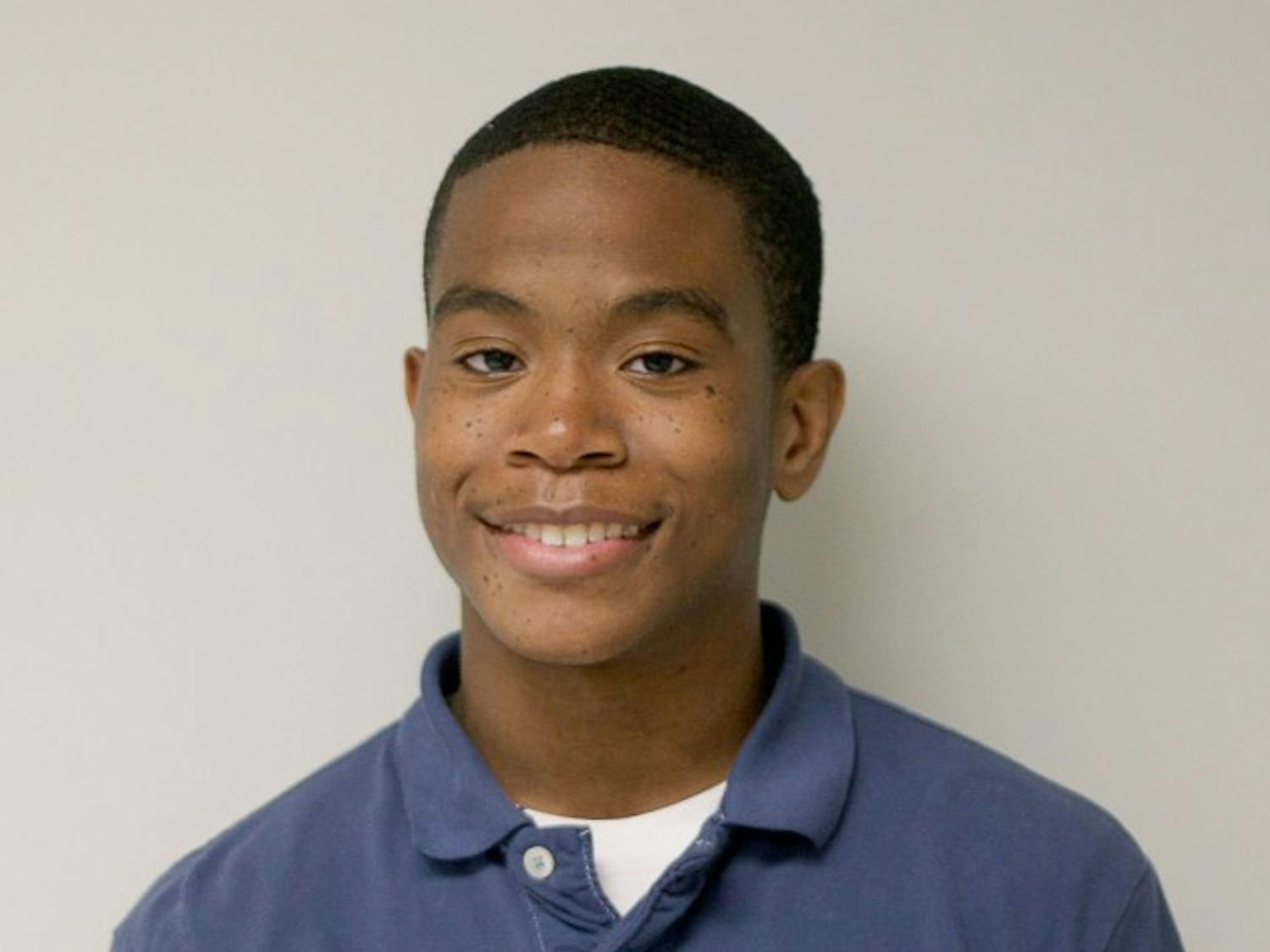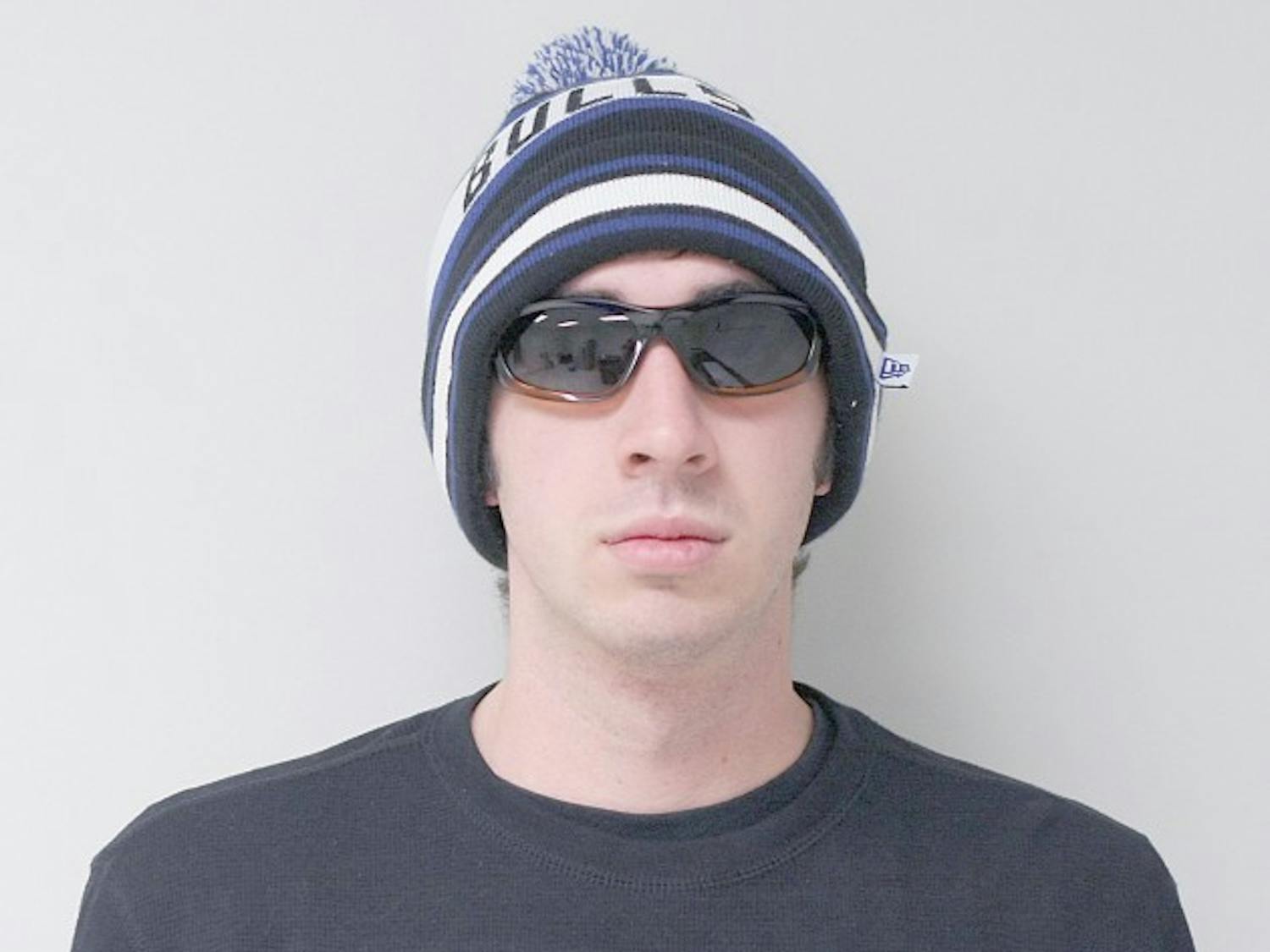The value of clinical testing
Sep. 20, 2010Over the weekend, the New York Times provided an extensive report on the ethical dilemmas inherent in treating those involved in the clinical testing of new treatments and drugs. The article described the circumstances of two victims of melanoma, a deadly skin cancer that takes on average eight months to prove fatal.







